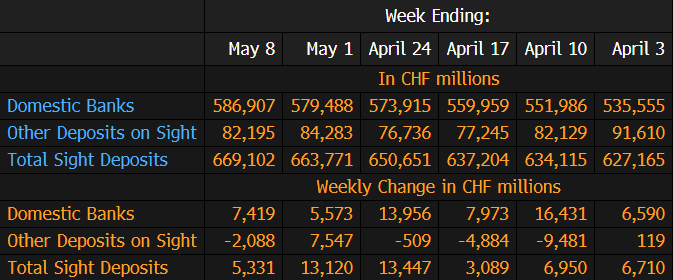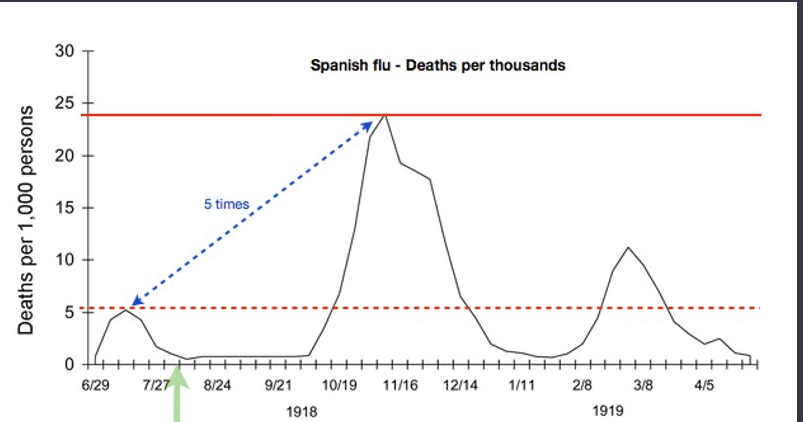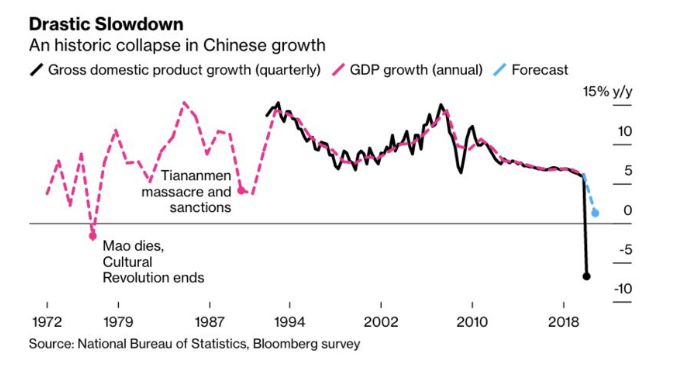Technical briefing on Covid 19 strategy
- this is not a short-term crisis
- May allow household groups to mixed with one another
- advises people to wear face coverings in enclosed spaces
- no part of plan assumes acceptable level of deaths
- possible no vaccine will ever be found
- estimated 1 and 36,000 people in England affected by May 9
- cannot afford to make drastic changes in short-term
- may allow some hairdressers, cinemas to open from July 4
- UK will require all international arrivals not on a short list of exemptions to self isolate in their accommodations for 14 days on arrival into the UK
- international travel measures will not come into force on May 13 but will be introduced as soon as possible
- further details and guidance will be set out shortly on quarantine for international travelers
- stage II envisions permitting cultural and sporting events to take place behind closed doors for broadcast
- UK’s scientific advisors to examine whether to allow people to expand their household group to include one other household
- looking at New Zealand’s model of household bubbles
- is examining how to enable people to gather in slightly larger groups to better facilitate small weddings
- stage III ambition is to open some of the remaining businesses including hairdressers, salons, food services, pubs and accommodation, places of worship and cinemas
- UK will in stage III carefully phase and pilot reopenings of such businesses to test their ability to adapt the new Covid 19 secure guidelines
- employers should limit risk of transmission by changing shift patterns, maintaining good ventilation
- government financial support measures are extraordinary expensive and cannot be sustained for a prolonged period of time
- people may exercise as many times each day is a wish
In other news, UK says
- death toll rises to 32,065 from 31,855. That is a rise of 210. The prior day was at 269.
- Ccases rise to 223,060 from 219,183






 treasury debt ‣ NET buyers of gold (last 10 yr) Monetary reset is the next move
treasury debt ‣ NET buyers of gold (last 10 yr) Monetary reset is the next move


